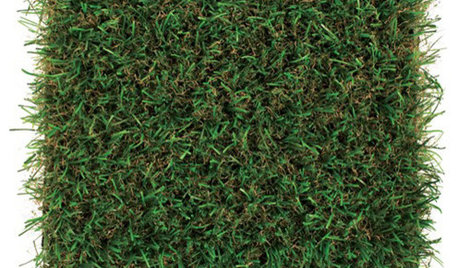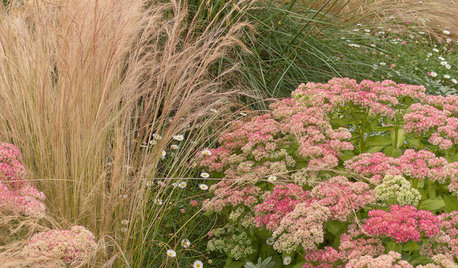Looking to make things easier re: gardening in our climate.
joellenh
12 years ago
Related Stories

DECORATING GUIDESJust In: 10 New Things to Make Eco-Living Easier
Finds from The 2011 West Coast Green Conference
Full Story
HOLIDAYS10 Things to Do Early for an Easier Holiday Season
Make a gift list and check supplies twice, then ensure that the house looks nice, and buy travel tickets if you’re leaving town
Full Story
MOVINGHow to Make Your Move Easier for Your Family
Say goodbye to a much-loved home and settle in quickly to a new place with these tips for transitioning
Full Story
LIFE10 Smart Organizing Ideas That Make Life Easier
Rethink where and how you store household basics, from bills to baking supplies, to buy some time and save some headaches
Full Story
LANDSCAPE DESIGNCelebrate a Sunny Climate With the Right Leafy Palm for Your Site
So you get freezes or floods. So your garden is small. These palms send excuses riding off into the tropical sunset
Full Story
GARDENING GUIDESGreat Garden Combo: 3 Soft-Looking Plants for a Dry Climate
Weave a romantic tapestry with this drought-tolerant combination of plants as tough as they are lovely
Full Story
GARDENING GUIDES6 Dependable Ground Covers for Warm Climates
Swap some lawn for these drought-tolerant clumping plants — and watch your maintenance efforts diminish while they easily grow
Full Story
DECORATING GUIDESHow to Make a Room Easier on the Eyes
Create just the right amount of visual stimulation to feel more relaxed and focused at home
Full Story
UNIVERSAL DESIGNHouzz Tour: Accessible Design Makes Wheelchair Living Easier
A disability consultant teams up with his brothers to build his own 5-star home
Full Story
GARDENING GUIDES7 Fall Beauties for Mild-Climate Container Gardens
We're talking long-term relationship: These showy shrubs will bring color to your container garden autumn after autumn
Full StorySponsored
More Discussions







tigerdawn
miraje
Related Professionals
Danbury Landscape Architects & Landscape Designers · Belmont Landscape Architects & Landscape Designers · Milford Landscape Contractors · Columbine Landscape Contractors · Gloucester Landscape Contractors · Harvey Landscape Contractors · Mercedes Landscape Contractors · Middletown Landscape Contractors · Wayland Landscape Contractors · Wentzville Landscape Contractors · Carmel Decks, Patios & Outdoor Enclosures · Glen Ellyn Decks, Patios & Outdoor Enclosures · Randolph Decks, Patios & Outdoor Enclosures · Spokane Decks, Patios & Outdoor Enclosures · Glendale Decks, Patios & Outdoor Enclosuresbettycbowen
mulberryknob
joellenhOriginal Author
miraje
Okiedawn OK Zone 7
slowpoke_gardener
joellenhOriginal Author
MiaOKC
seedmama
redding
Okiedawn OK Zone 7
redding
owiebrain
Okiedawn OK Zone 7
biradarcm
redding
seedmama
Okiedawn OK Zone 7
Kassaundra
mulberryknob
Okiedawn OK Zone 7
mulberryknob
tracydr
Okiedawn OK Zone 7